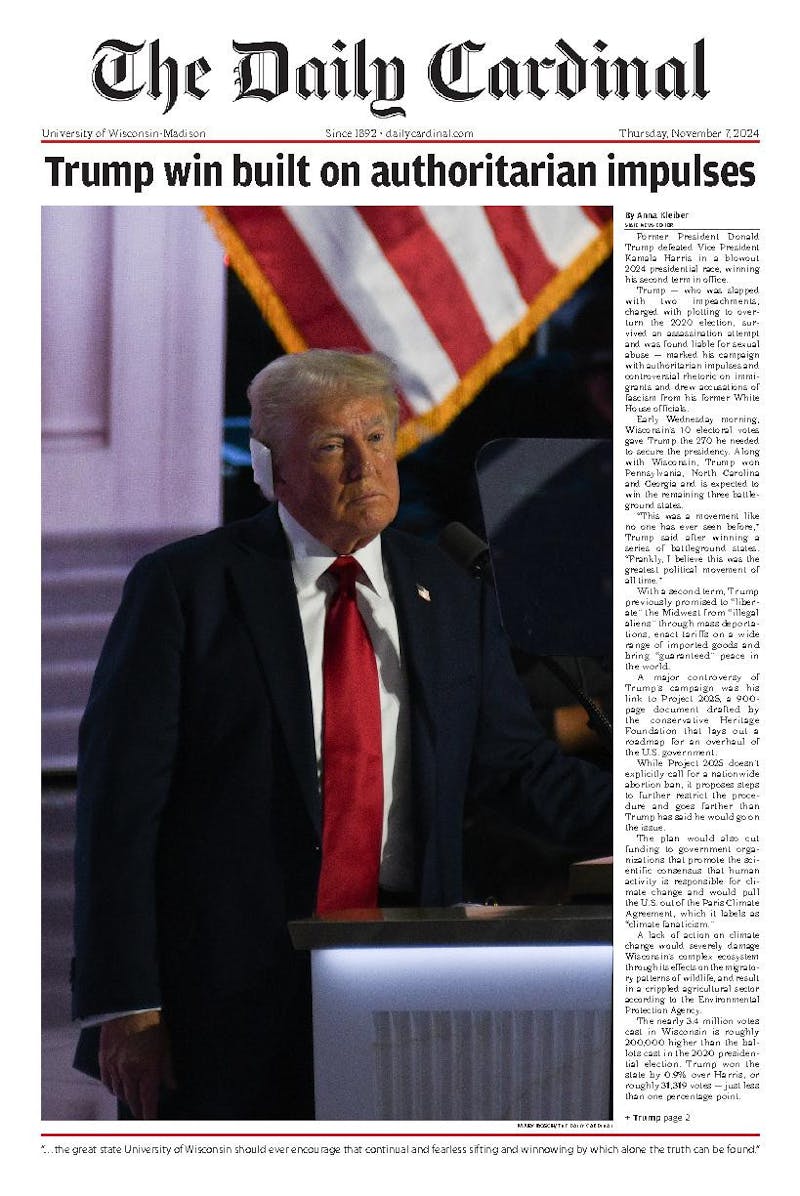Nearly one week after the 2004 presidential election, the political atmosphere on campus and around the country has significantly settled down.
The important issue now is voter turnout, especially that of young voters ages 18 to 29. After being bombarded with pro-voting propaganda for months, the results from the polls revealed that some of the work paid off.
An estimated 4.6 million more young people cast their votes than in the 2000 election, an increase of about 9.3 percent, according to a new study conducted by the University of Maryland. However, because voter turnout increased in other groups as well, the study found youth turnout was the same percentage of overall voters as in 2000.
According to UW-Madison political science Professor Charles Franklin, the number of young voters this year, while positive, is not enough to impress.
\On the one hand, the good news is that more people voted. But on the other hand, the rising tide has lifted all boats and as a result, youth as a percentage of the total electorate don't appear to have gone up at all,"" he said.
Younger voters leaned toward Kerry, representing the only age group to support the Democrats. However, due to the increase in voters for all ages, these Kerry supporters were not noticeable.
Nevertheless, major voter turnout improvements took place in battleground states.
According to the Maryland study, the majority, or approximately 64.4 percent of the nation's youth, voted in the swing states.
""One of the many things [responsible] is that people get more interested, but more importantly there is more advertising and there are a lot more people mobilizing,"" said Virginia Sapiro, a UW-Madison political science professor.
College campuses and media outlets across the nation were bombarded with voting support, adding votes from students.
Organizations such as Rock the Vote and the New Voters Project encouraged young people to vote.
""Our project was comprised of two different components. One is the canvassing component and one is the campus. Canvassing is strictly for non-campus and we went to places where 18 to 24 year- old non-students would be,"" said Rachel Fronk, an intern for UW-Madison's New Voters Project.
However, according to Fronk, it was clear the increase in youth turnout was due to student efforts.





